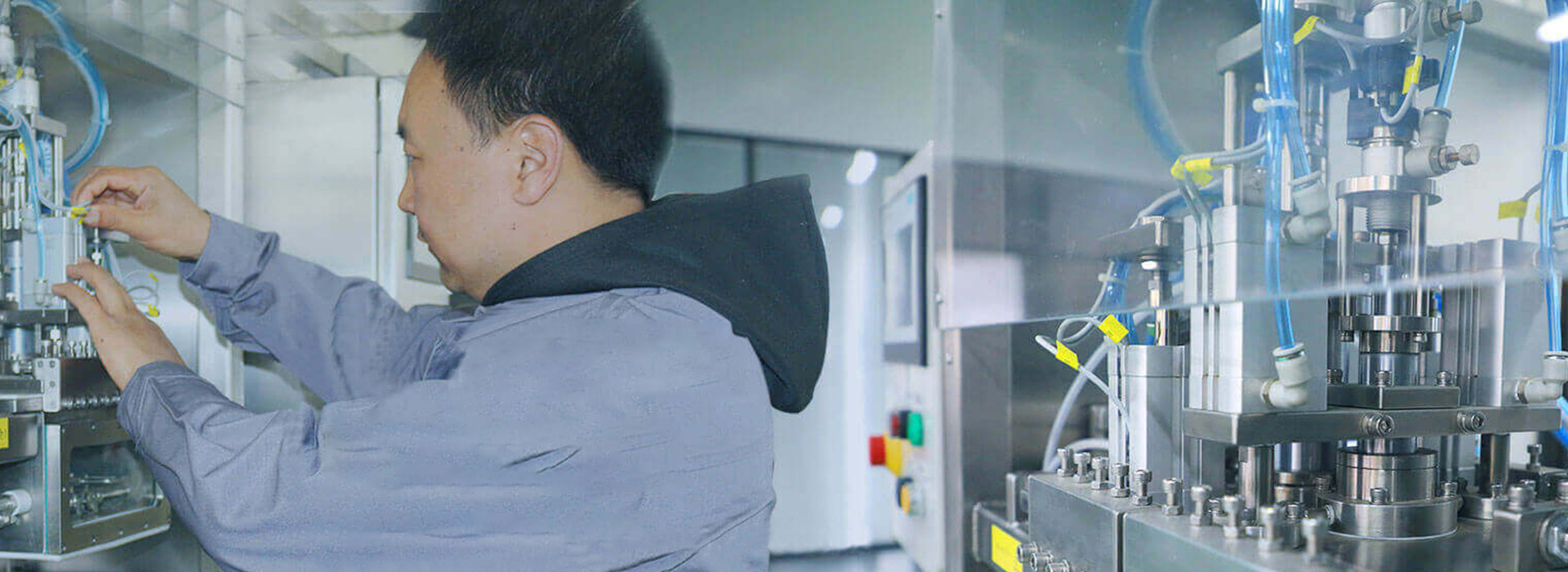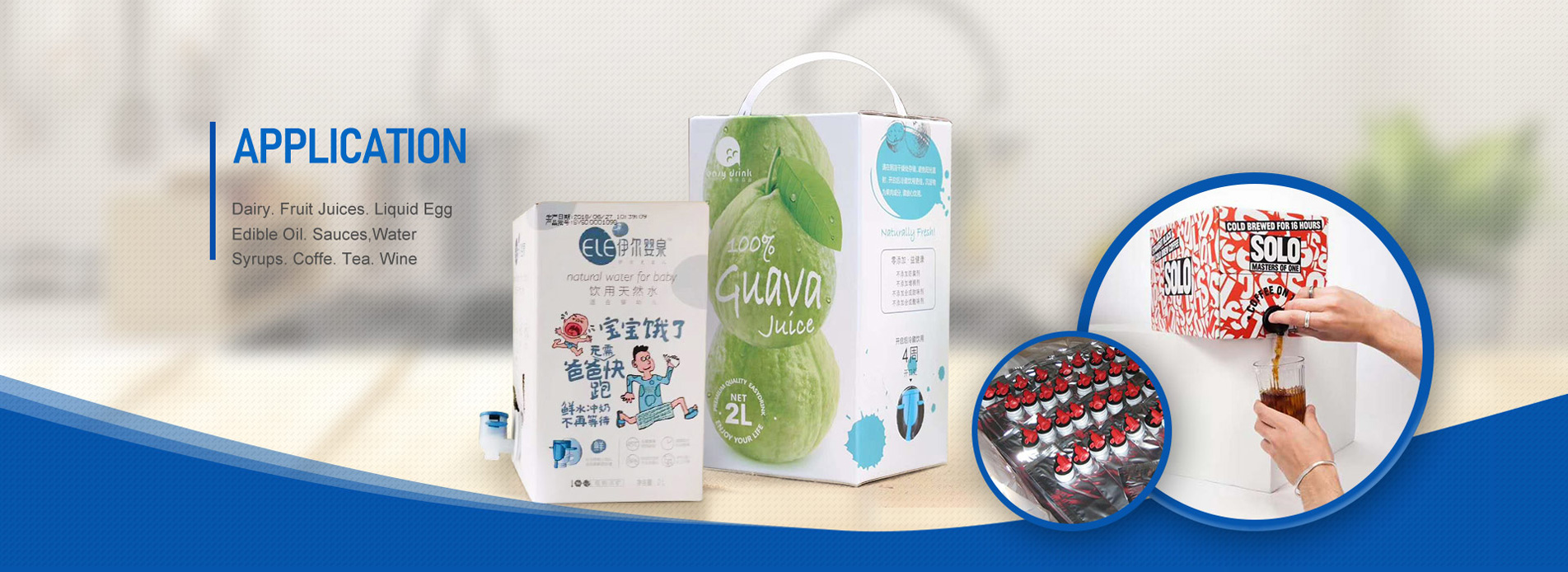Bag-in-Box Wine Packaging has 50 years History.BIB has many common commercial applications. One of the most common commercial uses is to supply syrup to soft drink fountains and to dispense bulk supplied condiments such as ketchup or mustard in the foodservice industry specifically in fast food outlets. BIB technology is still used for its original application of dispensing sulfuric acid for filling lead-acid batteries in garages and dealerships. As explained further below, BIB have also been implemented for consumer applications like boxed wine.
For commercial syrup applications, the customer opens one end of the box (sometimes via a pre-scored opening) and connects a compatible connector to a fitment on the bag to pump out its contents. The fitment itself contains a one-way valve which opens only with pressure from the attached connector and which prevents contamination of the syrup in the bag. For consumer applications like boxed wine, there is a tap already present on the bag, so all the consumer has to do is locate the tap on the outside of the box.
BIB is also used extensively in the packaging of processed fruit and dairy products in aseptic processes. Using aseptic packaging equipment, products can be packed in aseptic packaging. Pasteurised or UHT treated products packed into this format can be “shelf stable”, requiring no refrigeration. Some products can have a shelf life of up to 2 years, depending on the type of bag that is used.
The key to this unique system is that the product being filled is not exposed to the external environment at any stage during the process and as such, there is no possibility of a bacterial load being added to the product during the filling process. To ensure there is no contamination from the packaging, the bag is irradiated after the bag manufacturing process.
Post time: Sep-06-2019








